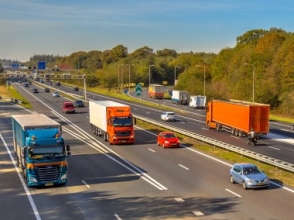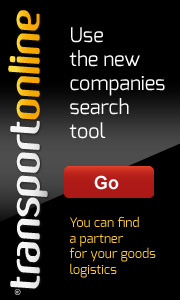Search Company:

With the EU’s tachograph retrofitting process underway, we caught up with our member Transport en Logistiek Nederland (TLN) to get their perspective on how the industry is dealing with the new devices and where next for this technology.
On 21 August 2023, the new smart tachograph 2 (G2V2) was made mandatory for all newly registered commercial heavy-duty vehicles in the EU.
The new SMT2 comes with new functionalities. Compared to the smart tachograph 1, G2V2 includes additional features such as the automatic registration of border crossings and the possibility for enforcers to monitor driving and rest time hours remotely.
Vehicles equipped with analogue, digital or smart tachograph 1 devices are now being retrofitted with G2V2 devices. For analogue and digital tachographs, the retrofitting deadline is 31 December 2024. For the G2V1 tachographs, the deadline is 19 august 2025.
Operators only have to replace their vehicles’ tachographs if they are used in another Member State than the one they are registered in. This is because the new functionalities are directly related to new rules in international transport, such as cabotage and posting.
Here’s what TLN had to say on the retrofitting process and tachographs in general.
What is the role of the tachograph in modern logistics?
Tachographs provide data on the driving and rest time hours of drivers. In modern logistics, operators regularly analyse the data with helpful tools, like the TLN Tachoweb, and discuss them with their drivers and clients to better plan their journey and operations within the boundaries of driving and rest time rules. For enforcers, the data is essential for compliance.
The G2V2 tachograph also records the journey of the vehicle and border crossings. This helps enforcers to check and enforce cabotage and posting rules.
The end goal is to enhance working conditions for drivers and improve road safety.
How are operators adapting to the constant change in tachograph technology and requirements?
Changes to tachographs are first felt by the tachograph and vehicle industry since they must develop them and deliver them to operators. This has become more complicated now given all the other digital technologies available in modern vehicles. Road transport professionals are continuously being trained with various tools.
As an operator, it is important to understand the changes in the rules and the new functionalities of the tachograph and train drivers on how to use them.
Operators need to keep educating themselves. It is quite a challenge for those who do not keep themselves up to date. The use of the tachograph and its data need constant attention and awareness. Read more
Source: IRU




